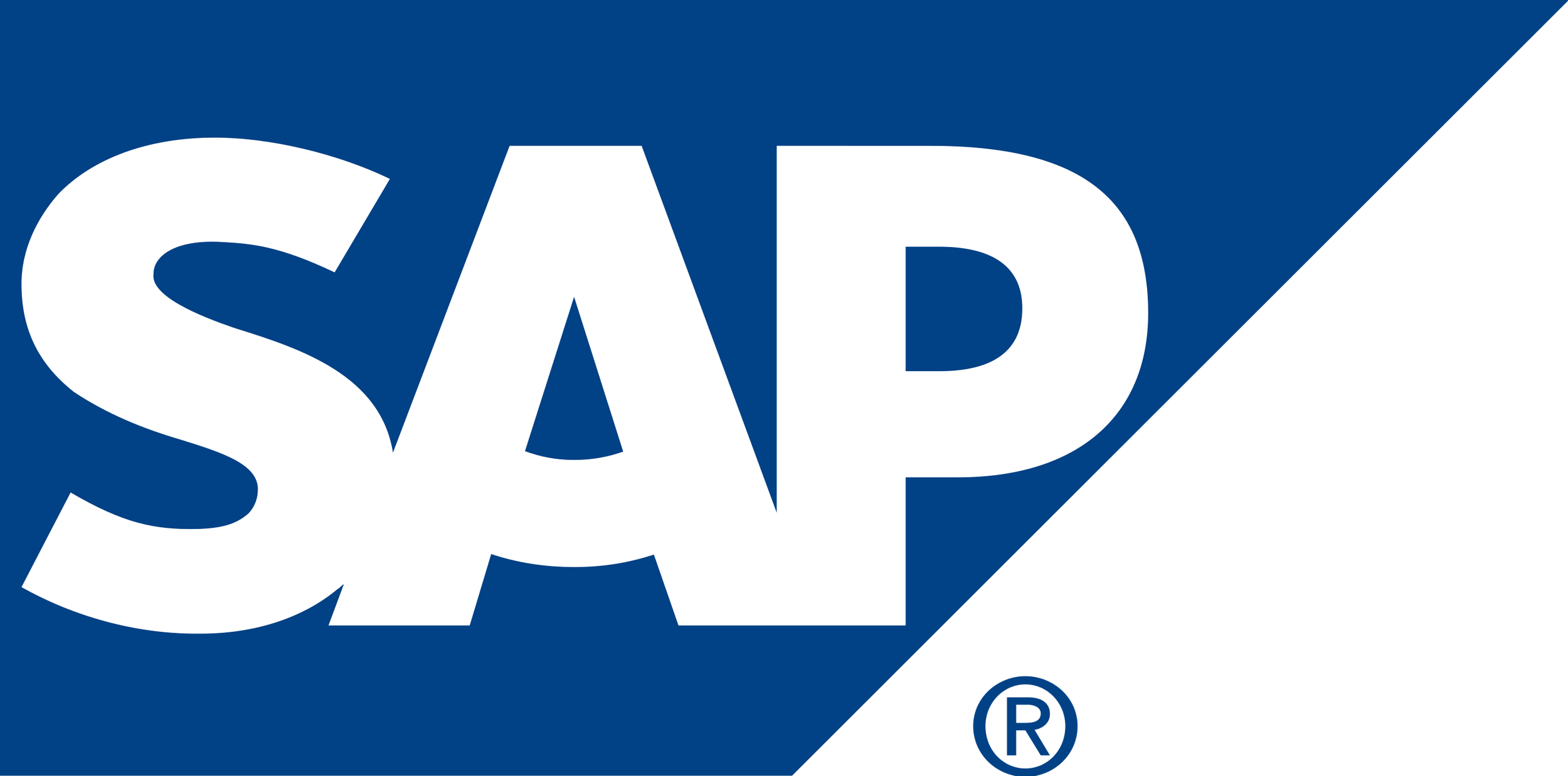What is warehouse management software? Top 5 warehouse management software in 2024
.png)
Warehouse management is a critical part of the supply chain, ensuring goods are stored and moved efficiently. A warehouse management system (WMS) is a tool that helps businesses monitor, track, and optimize warehouse operations. From inventory tracking and inbound-outbound planning to storage control, this software minimizes errors and saves resources for businesses.
This article will help you better understand the challenges of manual warehouse management, the benefits of WMS, the top warehouse management software available today, and how to select the best solution for your business.
What is warehouse management software, and why does your business need it?
Common issues with manual warehouse management
Many businesses still rely on manual warehouse management, which leads to several issues. First, recording and tracking data with spreadsheets or notebooks often results in errors. Even a small mistake can cause stockouts or overstocking, disrupting production and impacting revenue.
Moreover, manual management takes much more time. Staff must count items, record data, and cross-check inventory manually, reducing overall operational efficiency. Finally, businesses find it difficult to monitor warehouse conditions in real time, leading to delays in addressing potential problems.
Benefits of using warehouse management software
Using warehouse management software offers numerous advantages. First, it saves time by automating tasks such as data entry, inventory checks, and reporting. This automation not only speeds up processes but also reduces errors compared to manual methods.
Second, the software helps optimize operations by providing real-time insights into warehouse conditions. Businesses can adjust stock levels more effectively, avoiding overstocking or shortages. Finally, warehouse management software integrates with other systems like accounting or order management software, ensuring smoother and more efficient workflows.
Top 5 warehouse management software solutions in 2024
Group 1: For SMEs
Small and medium-sized enterprises (SMEs) often look for simple and affordable warehouse management solutions that still deliver results. Two standout names in this group are Odoo and Zoho Inventory.

Odoo: An open-source software that can be customized to meet the specific needs of each business. Odoo not only manages warehouses but also integrates with other modules like sales, purchasing, and accounting.
Zoho Inventory: Designed specifically for SMEs, Zoho Inventory helps track inventory, manage orders, and integrate with popular e-commerce platforms like Shopify and Amazon.
Group 2: AI-powered solutions
This group of software is ideal for businesses looking to leverage AI to improve their processes. One of the leading choices is SellnShip, which integrates AI to optimize workflows.

SellnShip: This software uses AI to automate tasks like inbound-outbound tracking, inventory checks, and demand forecasting. SellnShip also provides real-time synchronization, helping businesses reduce errors and increase productivity.
Group 3: Comprehensive systems for large enterprises
For large enterprises, warehouse management software must address more complex requirements, such as multi-tiered warehouse systems and integration with large ERP systems. Two top-tier options in this group are SAP WMS and Oracle Netsuite.

SAP WMS: Designed for large corporations, SAP WMS offers comprehensive solutions from warehouse management and supply chain control to logistics optimization.

Oracle Netsuite: With powerful ERP integration, Oracle Netsuite supports global inventory management, allowing businesses to monitor and manage warehouses across multiple countries.
Why is SellnShip the best solution for SMEs?
- AI integration reduces errors and boosts productivity: AI features automatically check, forecast, and adjust inventory levels, helping businesses minimize errors and optimize operations.
- Workflow optimization: SellnShip not only manages warehouses but also integrates the entire order processing workflow, from order placement to delivery, saving time and effort for businesses.
- Affordable pricing: Compared to premium software, SellnShip offers competitive pricing that fits the budget of SMEs while providing essential features.
Checklist for choosing the right warehouse management software
Evaluation criteria
- Automation capabilities: The software should automate processes such as inventory checks, reporting, and demand forecasting.
- Integration features: Ensure the software connects with other systems like accounting, order management, or e-commerce platforms.
- Cost-effectiveness: Choose software with reasonable pricing that aligns with your business size and needs.
Expert advice
Businesses should start by identifying their specific needs: simple warehouse management or multi-channel integration? Then, take advantage of free trial periods to evaluate effectiveness. Investing in the right software not only saves costs but also improves overall business performance in the long term.